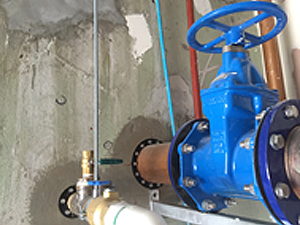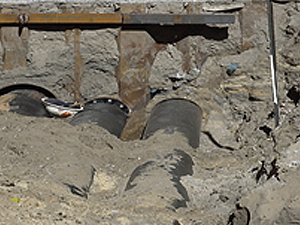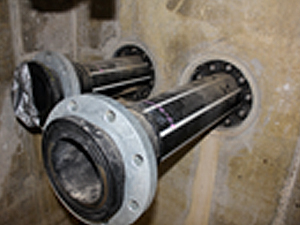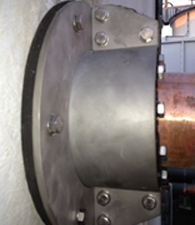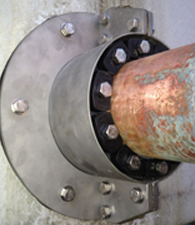Link-Seals has even been used to seal pipes coming through steel bulkheads in ships.
For the client that has a “movable” or “for hire” water or wastewater treatment plant, the Link-Seal is the best possible solution because it can be removed and refitted in a timely manner.

